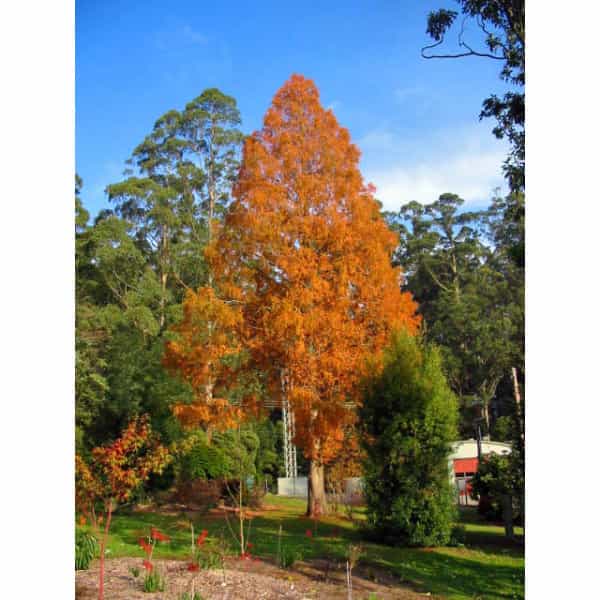

Special Papers in Paleontology 42: 1–149.īrunsfeld, S.J., P.S. The Palaeocene flora of the Isle of Mull, incorporating unpublished observations by A.C.
#Metasequoia professional#
United States Geological Survey, Professional Paper 91: 1–481.īoulter, M.C. The lower Eocene floras of southeastern North America.

A Miocene flora from the Virginia coastal plain. Geological Survey of Canada, Bulletin 94: 1–76.īerry, E.W. Upper Cretaceous floras of the Dunvegan, Bad Heart and Milk River Formations of western Canada. Geological Survey of Canada, Bulletin 403: 39–65.īell, W.A. The fossil forests of the Buchanan Lake Formation (early Tertiary), Axel Heiberg Island, Canadian Arctic Archipelago: Preliminary floristics and paleoclimate. Journal of the Arnold Arboretum 64: 105–128.īasinger, J.F. Metasequoia glyptostroboides-its present status in central China. Evolutionary rates and species diversity in flowering plants. Palaeobotanica 2: 49–181 (in Russian).īarraclough, T.G. Upper Cretaceous floras of northern Asia. The remarkable morphological stasis observed in Metasequoia demonstrates that the genus has remained unchanged, at least morphologically, since the early Late Cretaceous. occidentalis are indistinguishable from the living species. With few exceptions, the bulk of the Metasequoia fossils described in the literature indicate that the fossils assigned to M. The pronounced reduction in distribution during the Miocene appears to be coupled with increasing global aridity and cooling and increased competition for resources and habitat from representatives of the Pinaceae. Following the apparent early Pleistocene extinction, Metasequoia re-appeared in southeastern China. Metasequoia persisted in western Siberia and the Canadian Arctic until late Pliocene time, and in western Georgia and Japan until the late Pliocene-early Pleistocene. Of particular interest is the apparent lack of Metasequoia fossils in Europe despite the presence of two land bridges linking North America and Europe throughout the early Tertiary and the drying of the Turgai Straits that separated eastern and western Asia up until Oligocene time. More importantly, the distribution of Metasequoia indicates that the genus grew and reproduced under a diverse range of climatic and environmental conditions throughout geologic time, including the cold and unique lighting conditions of the polar latitudes. By the early Tertiary, the distribution patterns do not appear to have changed considerably from that seen during the Late Cretaceous, except that Metasequoia became a dominant constituent of the polar Broad-leaved Deciduous Forests.

However, if the inter-continental exchange of the early representatives of this genus occurred prior to the establishment of Beringia, migration would have still been possible across the Spitsbergen Corridor, which was functional during the Early Cretaceous. Exchange of Metasequoia between Asia and North America probably occurred across Beringia, which had become functional at the Albian-Cenomanian boundary (ca. The genus first appears in Cenomanian age deposits from western Canada, Alaska and the Arkagala and Koylma River basins in Russia and indicates that Metasequoia had achieved a wide distribution early in its evolutionary history. The fossil record of Metasequoia Miki is extensive and demonstrates that the genus was widely distributed throughout North America and Eurasia from the early Late Cretaceous to the Plio-Pleistocene.


 0 kommentar(er)
0 kommentar(er)
